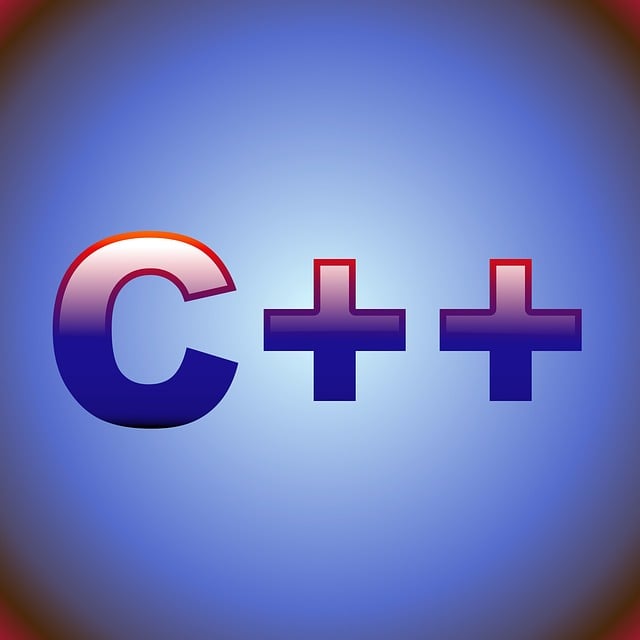object-oriented programming vs procedural
Procedural programming and object-oriented programming (OOP) are two different paradigms or approaches to writing code. Here are the key differences between the two:
Structure:
– Procedural Programming: In procedural programming, the focus is on creating procedures or functions that manipulate data. The code is structured around a set of sequential steps that execute in a top-down manner.
– Object-Oriented Programming: In OOP, the code is structured around objects that represent real-world entities. Objects encapsulate both data and behavior, and they interact with each other through methods.
Data and Behavior:
– Procedural Programming: In procedural programming, data and behavior are separate. Data is stored in variables and manipulated by functions or procedures.
– Object-Oriented Programming: In OOP, data and behavior are encapsulated together in objects. Objects have attributes (data) and methods (behavior) that operate on that data.
Reusability:
– Procedural Programming: Procedural programming promotes code reusability through the use of functions or procedures. Functions can be called from different parts of the code.
– Object-Oriented Programming: OOP promotes reusability through the concept of classes and inheritance. Classes define the blueprint for creating objects, and inheritance allows classes to inherit properties and behavior from other classes.
Modularity:
– Procedural Programming: Procedural programs are divided into smaller functions or procedures, each performing a specific task. This promotes code modularity and easier maintenance.
– Object-Oriented Programming: OOP promotes modularity through the use of objects. Objects encapsulate related data and behavior, making it easier to understand and modify specific parts of the code.
Code organization:
– Procedural Programming: Procedural programs tend to be organized in a top-down manner, with a main function calling other functions or procedures.
– Object-Oriented Programming: OOP promotes organizing code into classes and objects, allowing for a more intuitive representation of real-world entities and their relationships.
Inheritance and Polymorphism:
– Procedural Programming: Procedural programming does not have built-in support for inheritance or polymorphism.
– Object-Oriented Programming: OOP supports inheritance, where a class can inherit properties and behavior from another class. Polymorphism allows objects of different classes to be treated as objects of a common superclass, enabling code flexibility and extensibility.
Overall, procedural programming focuses on the sequence of steps and data manipulation, while object-oriented programming focuses on the interaction between objects and their behavior. The choice between the two paradigms depends on the nature of the problem, code maintainability, code reusability, and the programming language being used.
